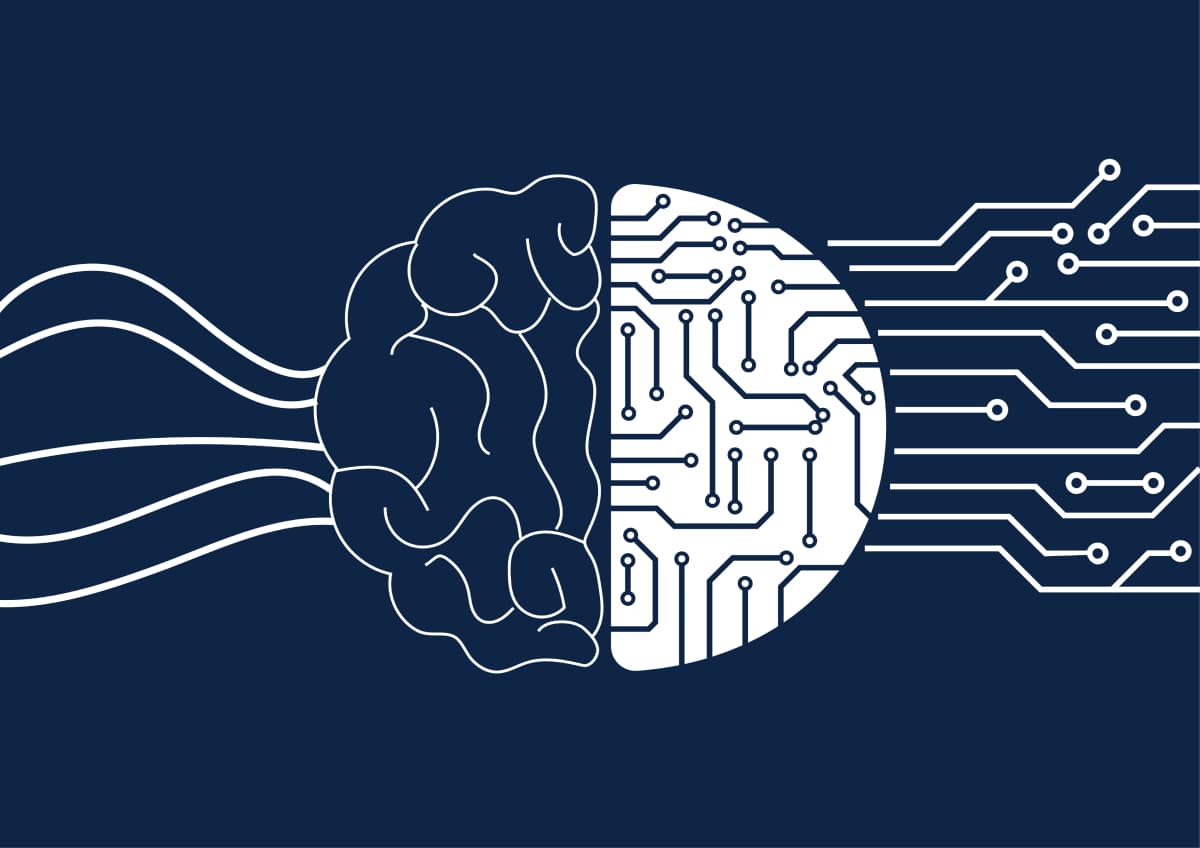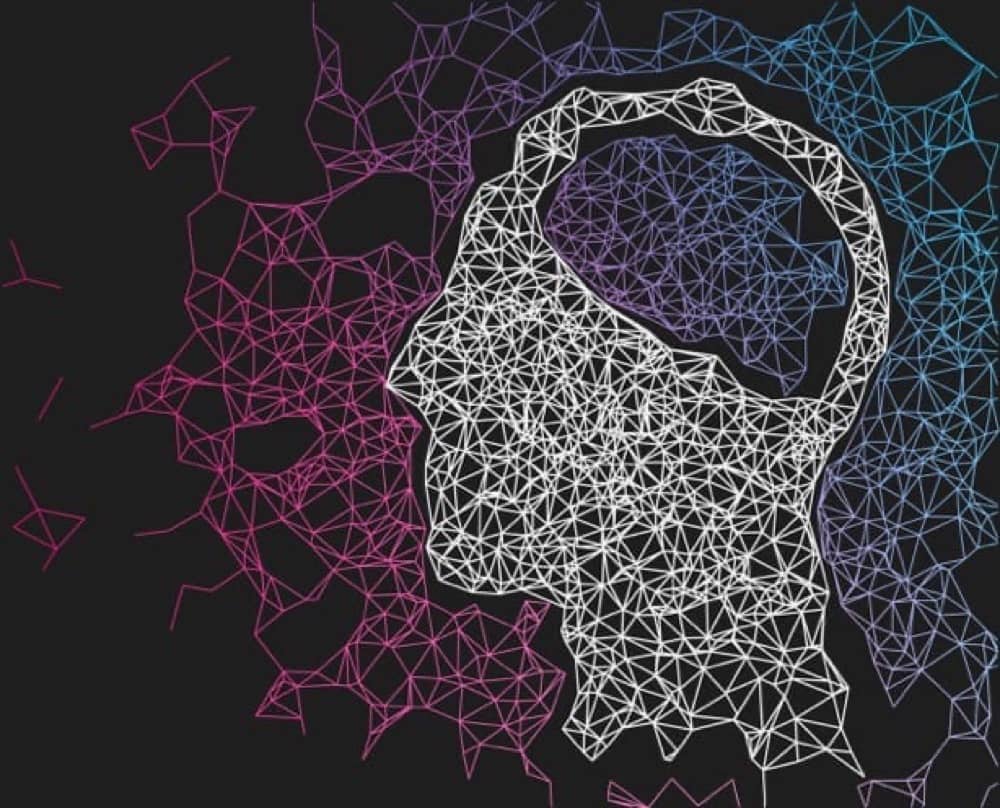How digital transformation is reshaping HR
Learn how the rise of new technologies will revolutionize HR practices Now that the working world is moving faster than ever before, no organization can afford to rely on legacy technology that was built for slower times. To achieve the level of agility that our next chapter demands, HR leaders are masterminding digital transformations designed

Learn how the rise of new technologies will revolutionize HR practices
Now that the working world is moving faster than ever before, no organization can afford to rely on legacy technology that was built for slower times. To achieve the level of agility that our next chapter demands, HR leaders are masterminding digital transformations designed to unlock capacity, cut costs, and empower employees to build the skills they’ll need to thrive in the age of AI.
As these executives strive to change the ways their organizations operate, the very nature of their role is evolving as well. Once deemed a primarily administrative function, the role of HR is now decidedly strategic, with leaders being asked to reimagine the ways their businesses work and usher in a new era of agile strategies.
While some HR leaders might be tempted to hold onto tried-and-true tactics, the most successful people leaders are now prioritizing skills-based approaches to work that are underpinned by a new generation of skills intelligence tools and talent marketplaces.
What is digital transformation?
Digital transformation in HR is about updating the way businesses handle their human resources tasks with technological innovations that are designed to make things quicker, more efficient, and better for everyone at work. It’s the process of seamlessly adapting and integrating service delivery, talent, and technology into HR strategy to drive greater business value.
HR has always been critical to enterprise operations as a function because the department is responsible for workforce planning and performance management, aligning talent strategies with the greater business vision. Now that all organizations are launching digital transformations to capitalize on AI innovations, it’s up to HR leaders to architect new strategies that simultaneously prioritize enterprise-wide objectives and employee expectations. With the explosion of AI, HR has a new opportunity to embrace innovations that will not only enhance productivity but also equip leaders with the insights needed to support better talent operations at scale.
Why is digitized transformation important in the HR process?
Technology is transforming every element of business operations—and HR is no exception. From tools to improve talent sourcing and recruiting to systems designed to identify skill gaps before they emerge, a host of new technologies promise to revolutionize HR’s overarching strategy.
Skills and internal mobility are two key areas of talent management that are getting a major revamp thanks to AI’s rapid proliferation. Faced with growing talent shortages, leaders can no longer rely solely on external hiring to fill vacancies and bridge knowledge gaps. Instead, savvy executives are turning their attention inwards and harnessing AI-powered talent marketplaces to match employees to open opportunities based on their skills and interests.
At the same time, these forward-thinking leaders are looking to skills intelligence tools to predict future skill needs and emerging knowledge gaps. When HR leaders fail to embrace these new technologies as part of their digital transformation strategy, they miss out on the insights needed to make informed workforce planning decisions. They won’t know which employees can be upskilled and reskilled into high-priority roles, nor will they have insight into which emerging skill needs they should turn to external hiring for.
How is digital transformation reshaping HR?
As digital transformation rises to the top of most organizations’ priority lists, HR is stepping into a new role as changemaker. This is even reflected in some HR titles, with the word “transformation” quickly becoming a mainstay in many new roles. Positions like HR Transformation Manager and Vice President of HR Transformation are gaining popularity, underscoring the heavy emphasis organizations are placing on their agile change processes.
This shift illustrates just how seriously most companies are taking their transformation efforts, with most businesses eager to put resources behind them to modernize their work structures to prepare for the future of work. A recent McKinsey survey illustrates just how quickly transformation is rising to the top of business agendas, revealing that out of all companies surveyed with a Chief Transformation Officer, 86% of them came into their role within the last three years.
The 6 stages of HR digital transformation
While the stages of every HR transformation should align with specific business needs and enterprise-wide priorities, most digital change initiatives can be broken down into the following steps:
#1. Awareness and exploration
During the first stage of HR digital transformation, HR leaders are still relying on traditional strategies and out-of-date tools. They may use a legacy HCM platform that fails to give them insight into emerging knowledge gaps and existing workforce skills, making it difficult to launch impactful upskilling and reskilling schemes. Faced with these challenges, executives begin to become curious about the next generation of HR tools and start researching the types of technology they will need to transform their ways of working.
#2. Strategy and planning
At this point, HR leaders are aware that their strategy needs a serious upgrade and they are conducting research to modernize their approach. Executives may begin asking HR technology vendors for demos of their systems to get an understanding of the new digital landscape. Once they’ve familiarized themselves with platforms like talent marketplaces and skills intelligence tools, leaders will create a business case to get stakeholders from across their organization on board with their new vision.
#3. Implementation
During implementation, the tools and technologies that HR leaders have identified as key to their organization’s digital transformation are launched. HR teams will typically work with Change & Enablement Managers from the technology vendor(s) they’ve selected to ensure their solution is fit for purpose from the moment it launches. Many implementations include a pilot phase of the program, in which a sub-group of users test the systems and offer feedback before it’s rolled out to the entire organization.
#4. Full-scale rollout
Following a successful implementation, the new technology is launched to the entire organization. Communication is critical during this stage of the transformation process to ensure all employees are aware of what the new technology does and how to use it. HR leaders often work with Internal Communications teams to create launch videos and internal blog posts that showcase their new transformation vision and the tools being rolled out to support it.
#5. Continuous improvement and innovation
For HR leaders, digital transformation isn’t finished when their new technology is launched. Instead, they must collaborate with their vendors to continuously improve the system and ensure it reflects the needs of the business. Employees should be encouraged to share their feedback on the system and HR leaders should make every effort to incorporate their suggestions when applicable and appropriate.
#6. Culture and leadership transformation
While new technology can help usher in a successful HR digital transformation, it’s only one piece of the puzzle. To maximize the impact of the tools launched, these innovations must be accompanied by culture change efforts.
In the case of talent marketplaces, one of the core tools used to drive HR digital transformation agendas forward, the platform launch must be accompanied by a mindset shift for leaders and managers. Rather than thinking of talent as theirs and hoarding it, talent marketplaces require leaders to embrace a shared approach to talent management in which managers are encouraged to tap into the skills of their entire organization.
5 benefits of HR digital transformation
Although HR digital transformations are challenging, these initiatives are often accompanied by substantial enterprise-wide rewards. These advantages include:
#1. Improved talent retention and internal mobility
Workers want more from their employers than ever before and it falls on HR to ensure that those expectations are met. Employees want to see their businesses stepping up and making a difference and they’re seeking opportunities to expand their professional horizons and hone new skills.
These tasks can only be achieved through an HR transformation strategy that encourages leaders to retire obsolete ways of working and empower all employees to explore new growth opportunities. Tools like talent marketplaces fuel internal mobility by inspiring employees to seek out projects, gigs, and mentorships so they can build the skills needed to take their careers to the next level.
#2. Unlocked capacity and drive efficiency
A core component of successful HR digital transformation is shifting to skills-based talent management strategies. When organizations’ talent strategies are rooted in skills, leaders can efficiently access the capabilities they need to get key projects across the finish line and empower employees to achieve their full potential.
#3. Positioning HR as strategic partners
HR can no longer be seen as workforce administrators. Instead, they should be recognized as key players in shaping the future of the business by building a new blueprint for successful talent management. Stakeholders across the organization must recognize the value of HR—and launching a successful digital transformation sends a clear signal to the C-suite that they must work in tandem with HR to achieve their strategic priorities.
#4. Lowering HR costs by automating various tasks
Many new HR technologies can expedite various processes, such as sourcing tools that can build candidate searches and screen applicants so that recruiters have more time in their days to focus on higher-level strategic priorities. Additionally, AI-powered skills intelligence tools can help organizations tap into all of the expertise their people have by providing a complete view into their capabilities. By automating tasks like screening candidates and creating job architectures, HR teams can limit their headcount and avoid spending extra money working with freelancers and consultants.
#5. Promoting diversity and inclusion
While most leaders are eager to level the playing field, potentially bias-inducing factors such as where employees went to school and their network can influence career growth decisions. AI-powered talent marketplaces remove these criteria from talent development choices, in turn ensuring that the employees who are selected for promotions or lateral moves are chosen based solely on their skills and abilities.
How HR can play a leading role in digital transformation
HR leaders are now at the helm of reimagining work and workforces from the ground up with priorities that include overcoming an unprecedented labor shortage, devising skills-based talent management strategies, and rewriting the employee value proposition. Rather than serving as a support function, HR must seize its new role as a strategic partner pivotal to larger business priorities.
To learn more about the role that skills intelligence tools and talent marketplaces can play in leveling up your transformation strategy, check out our guide on the business impact of workforce agility.





